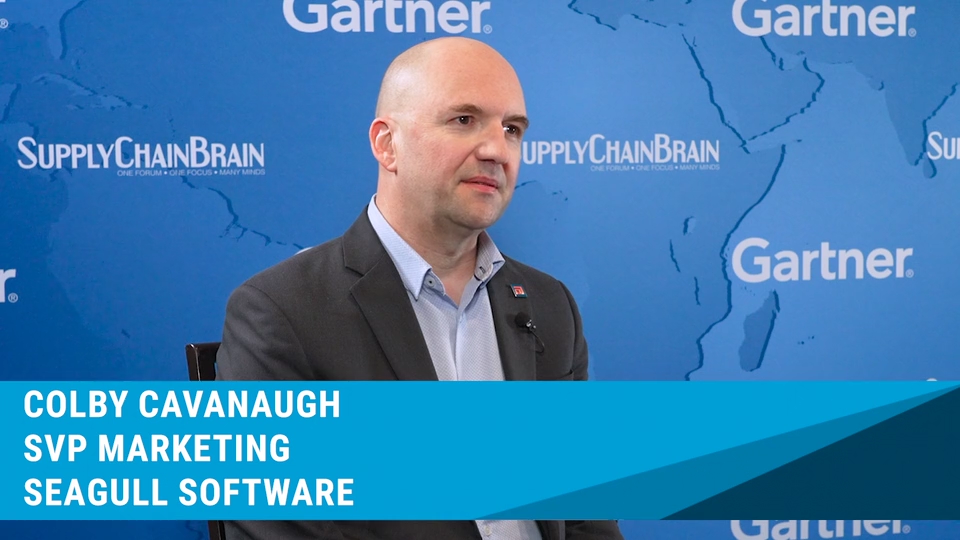[ad_1]
Colby Cavanaugh, senior vice president of marketing at Seagull Software, argues that item-level traceability improves operational efficiency, mitigates risk, enhances sustainability and boosts customer satisfaction.
To avoid or mitigate negative impacts on the supply chain, and to build in resiliency, it’s important to have visibility at the item level, Cavanaugh says. That degree of visibility into inventory or the movement of goods anywhere, anytime, gives one “optionality” — the power to make the right decisions, not least when it comes to meeting customer satisfaction.
Item-level visibility helps minimize waste, boost efficiency and productivity, and enables managers to comply with regulatory requirements, Cavanaugh adds.
Analyzing the food supply chain, he says manufacturers need a view from one end of the supply chain to the other. First, they need certainty about the source for their ingredients. At the store level, granular visibility optimizes employee time: inventory is up to the minute, its location is certain, safety stocks are reduced, and customer expectations are more easily met. “That’s important with food retailers,” he says. “But those are pervasive problems across many different verticals.”
The role of artificial intelligence is growing in every sector’s supply chain, especially in helping to make sense of the massive amount of information supply chain managers have to deal with. “It’s helping us learn,” says Cavanaugh. “It’s helping us be more proactive and predictive. When we think about uncertainty in our supply chain, AI can absolutely help us sift through that data, make sense of it, and bring intelligence from it.”
Labeling is a priority. “When you think about it, the digital identity of your product starts with the label a lot of times,” Cavanaugh says. “So we’re taking a lot of that product-level data and carrying that visibility across the supply chain.”
[ad_2]
Source link

.png?1748318737)

